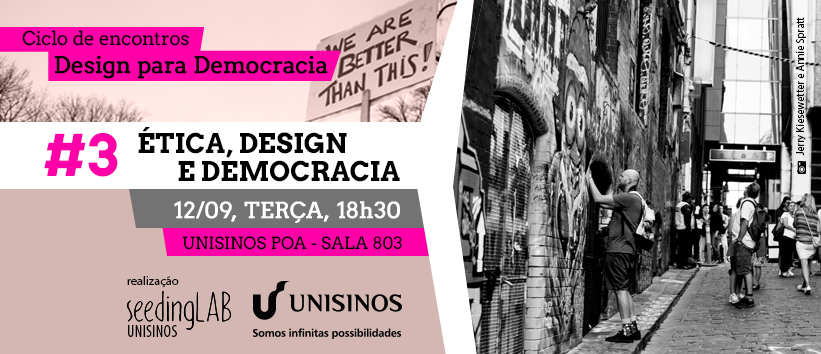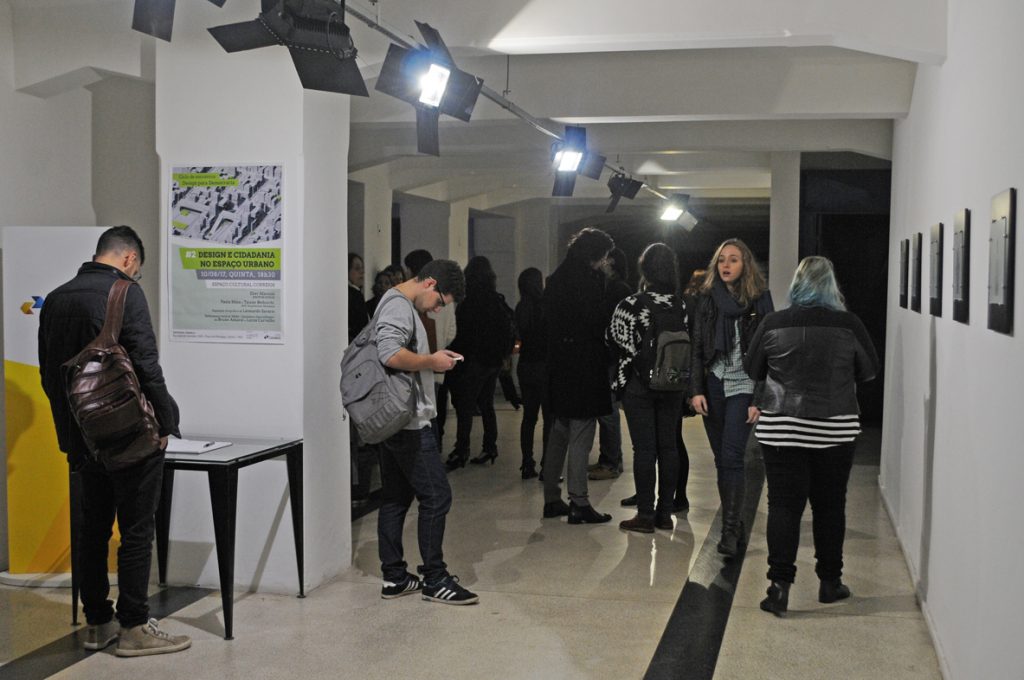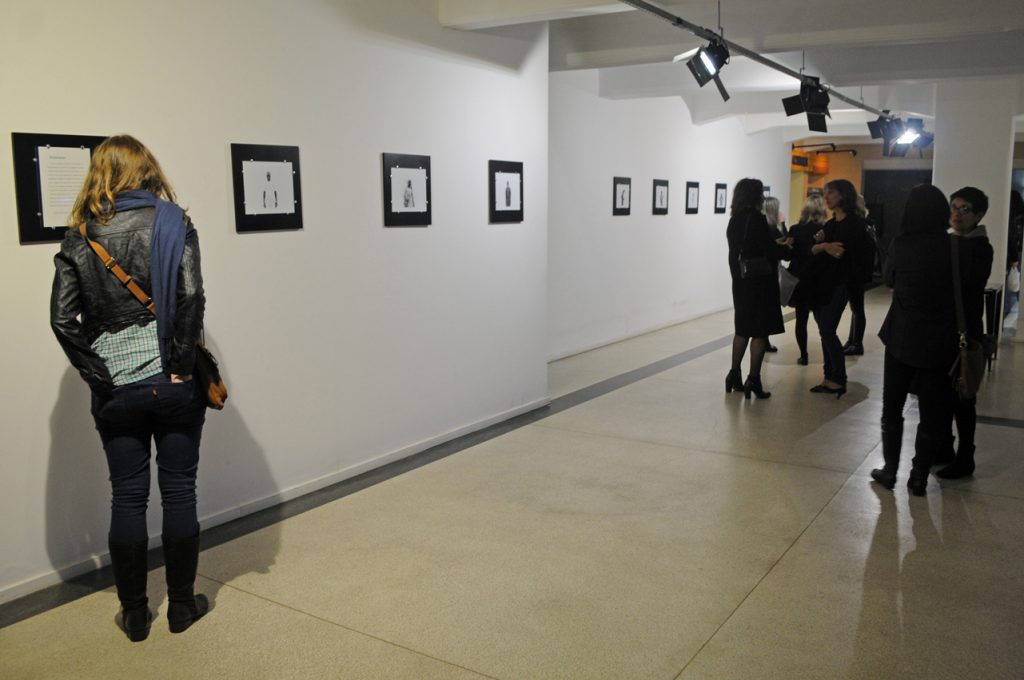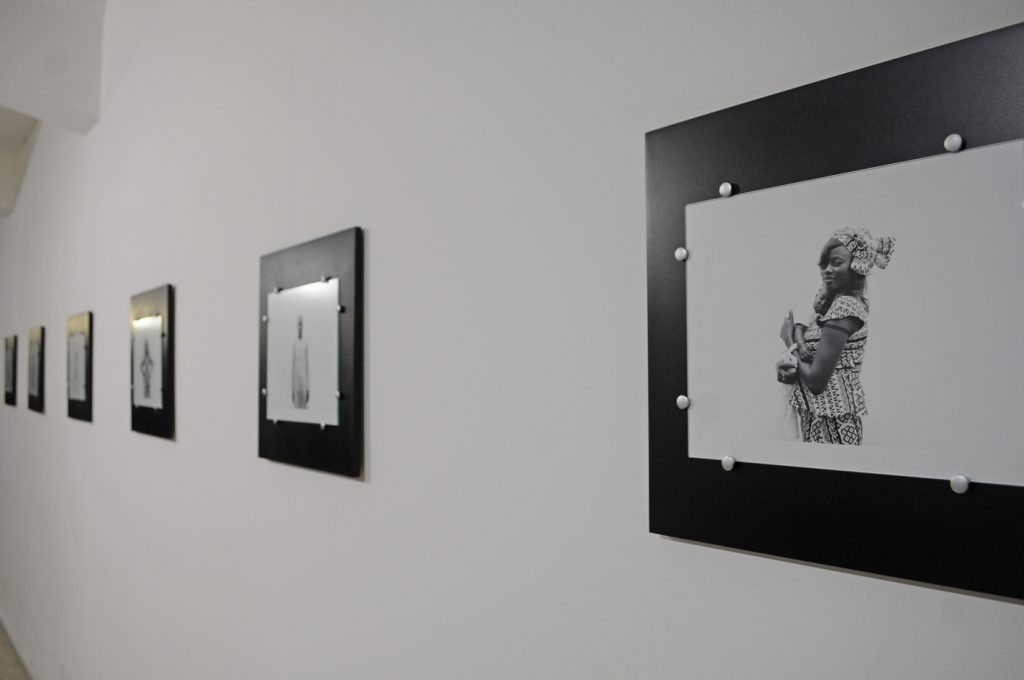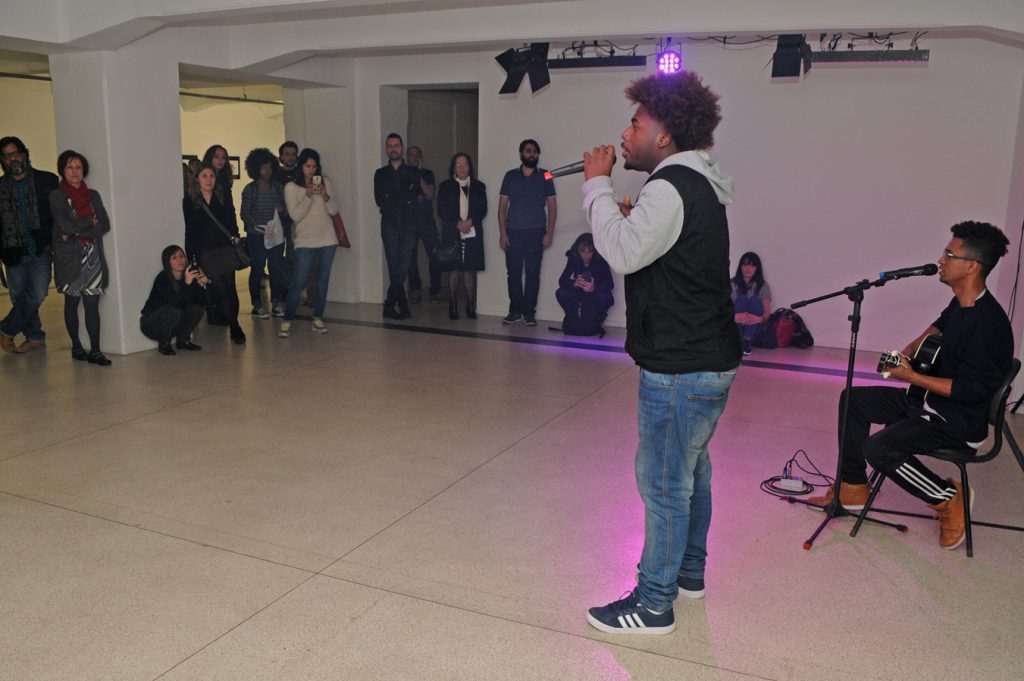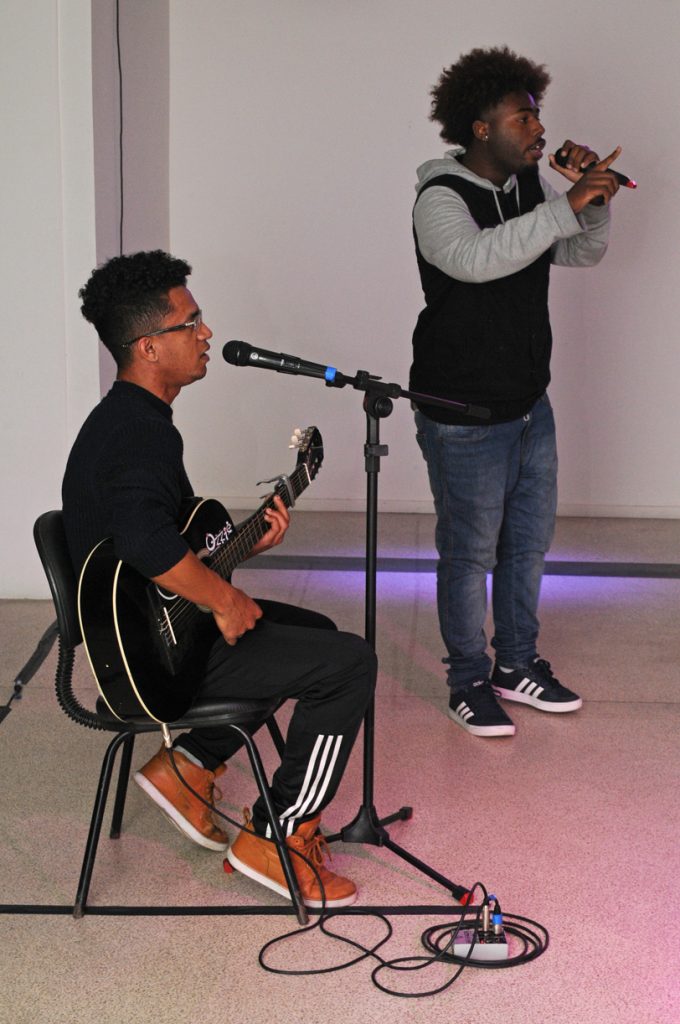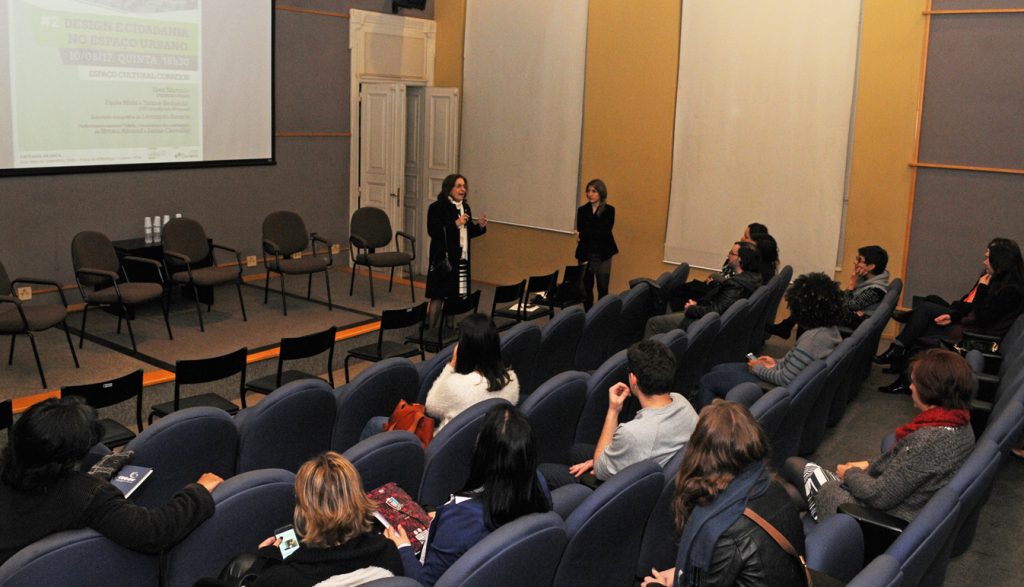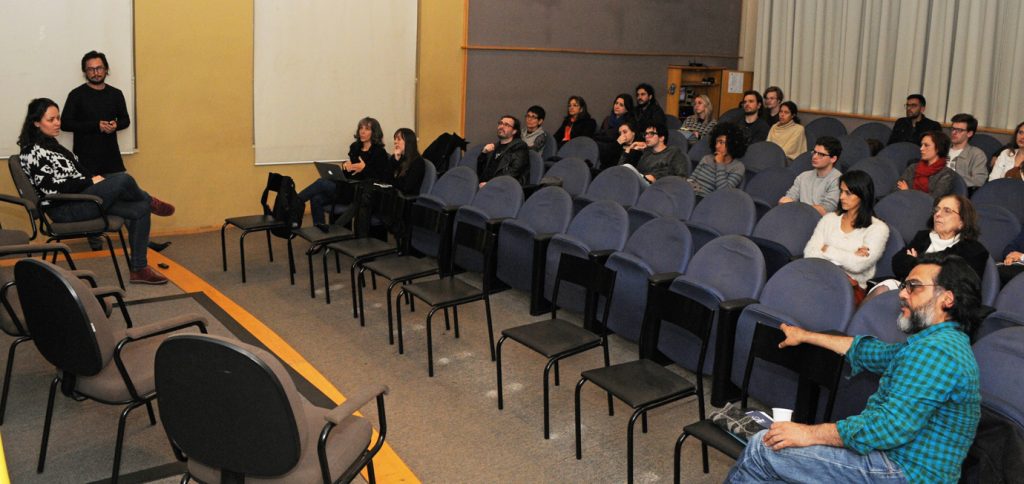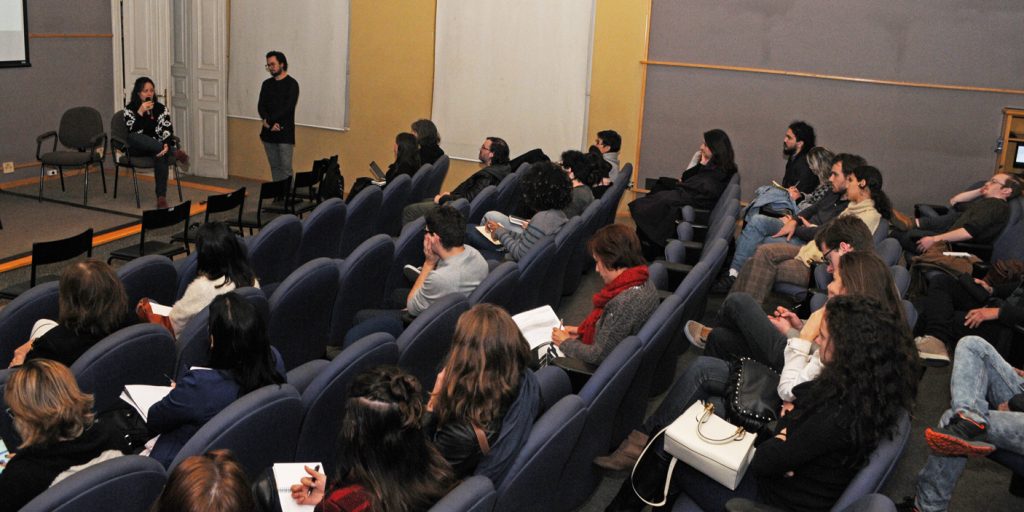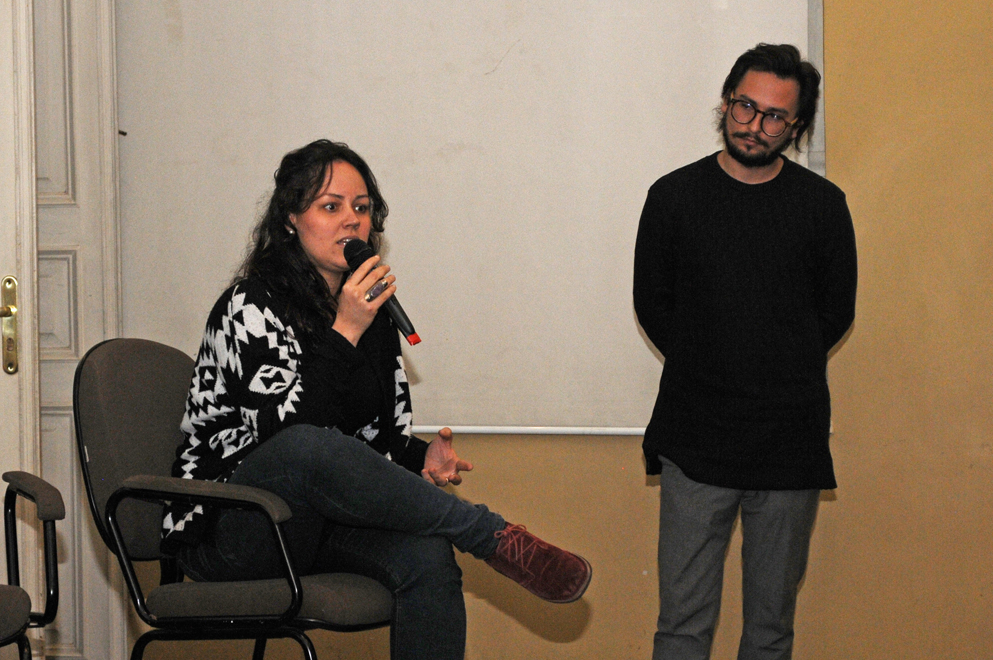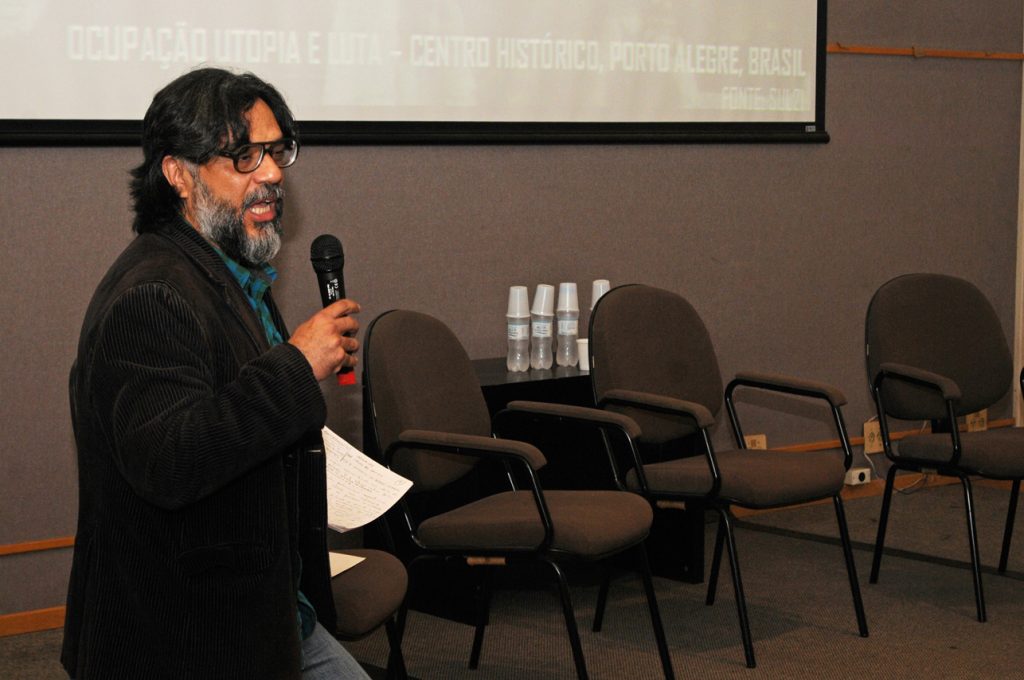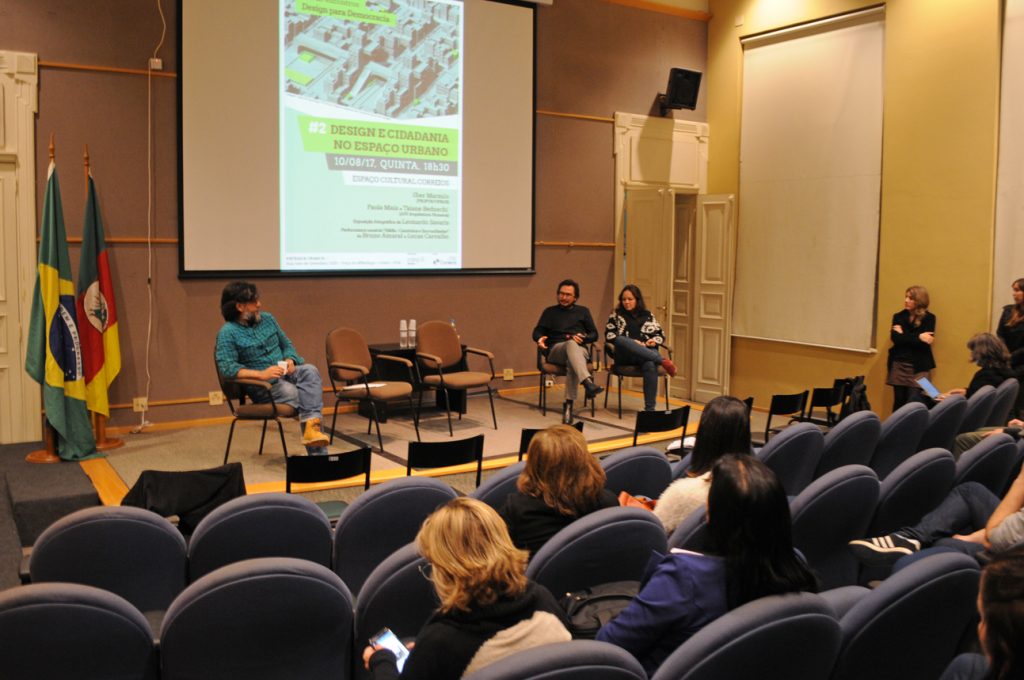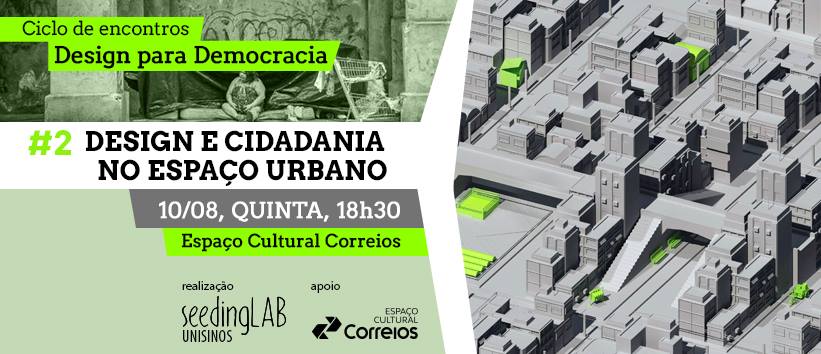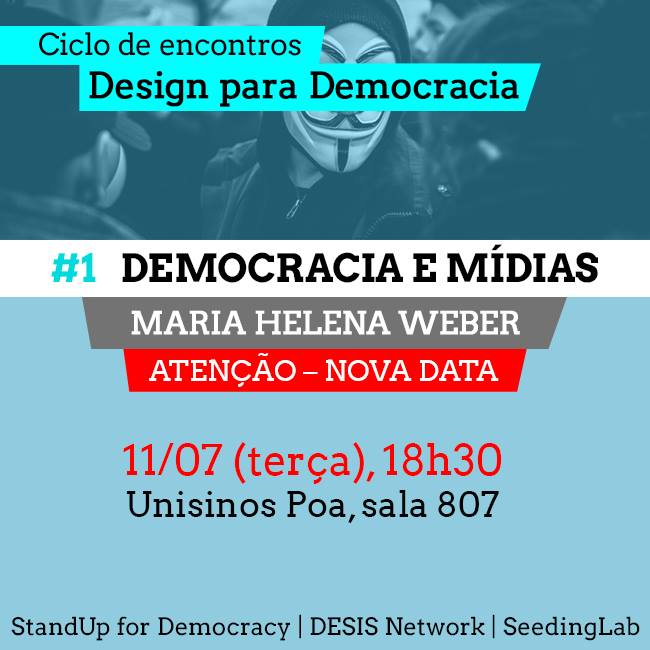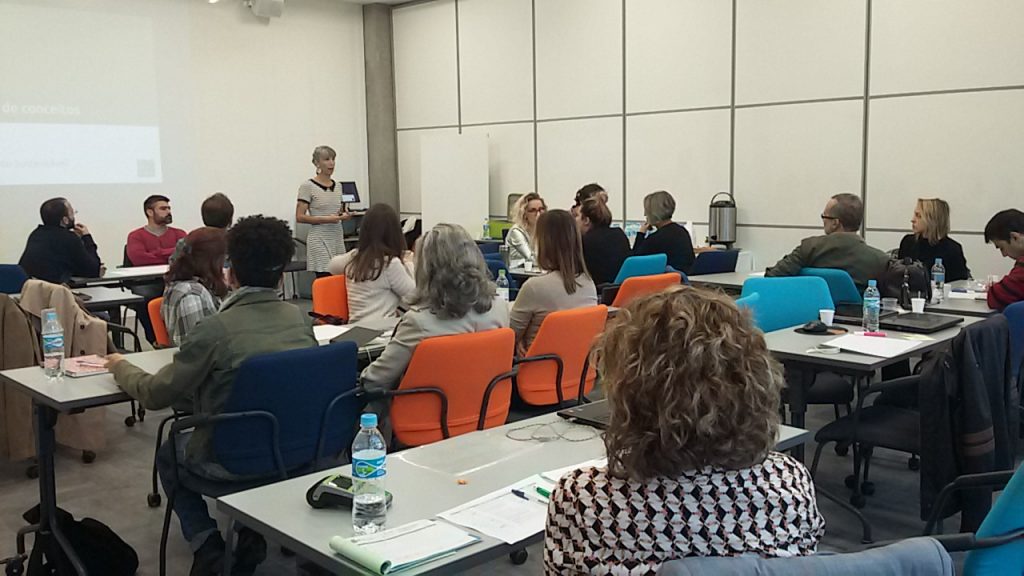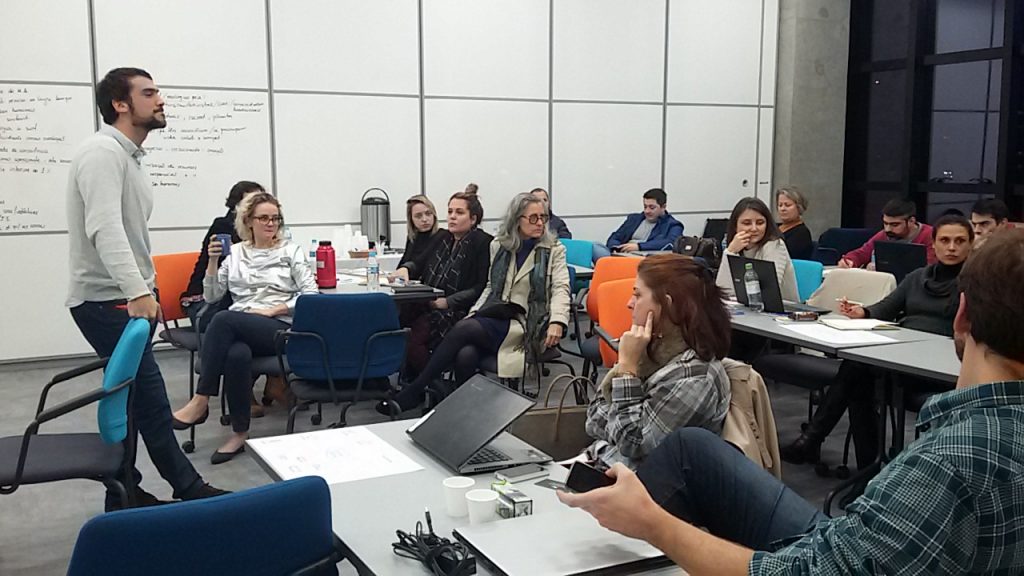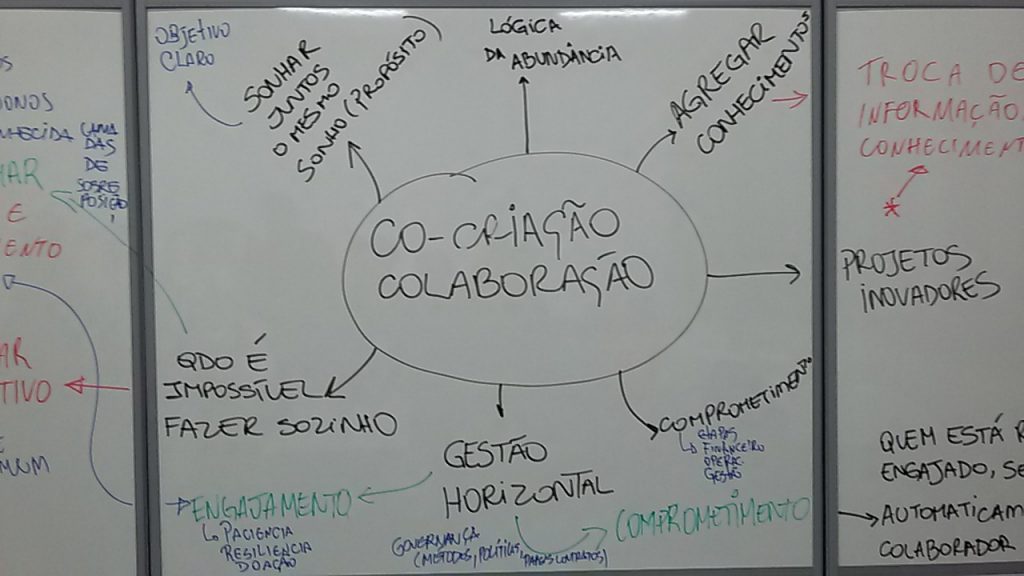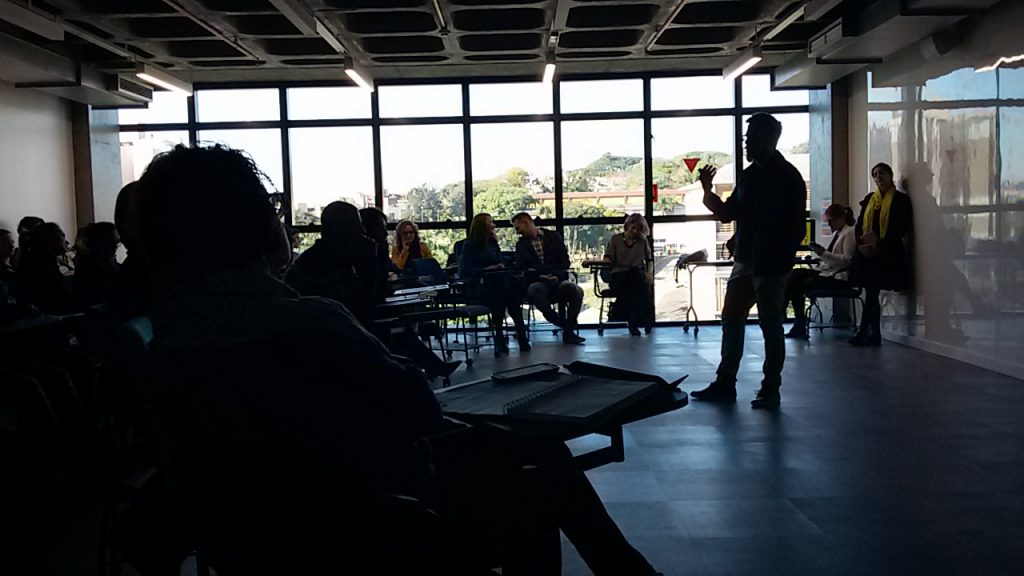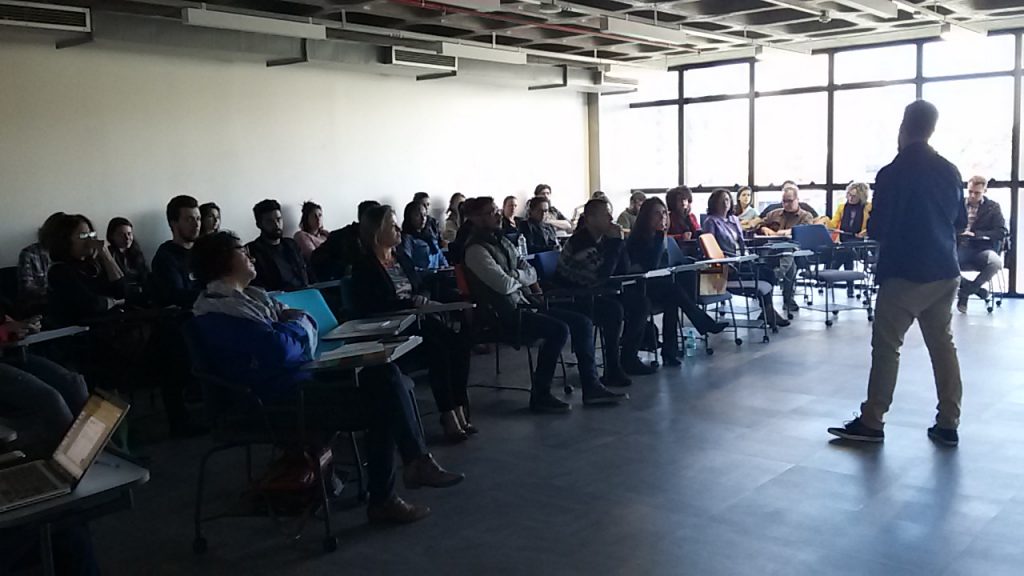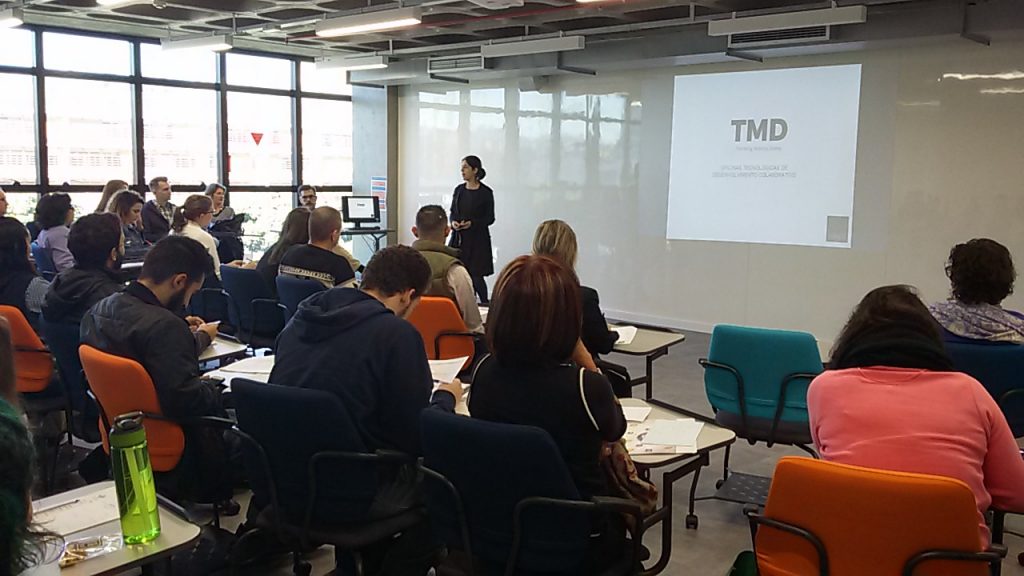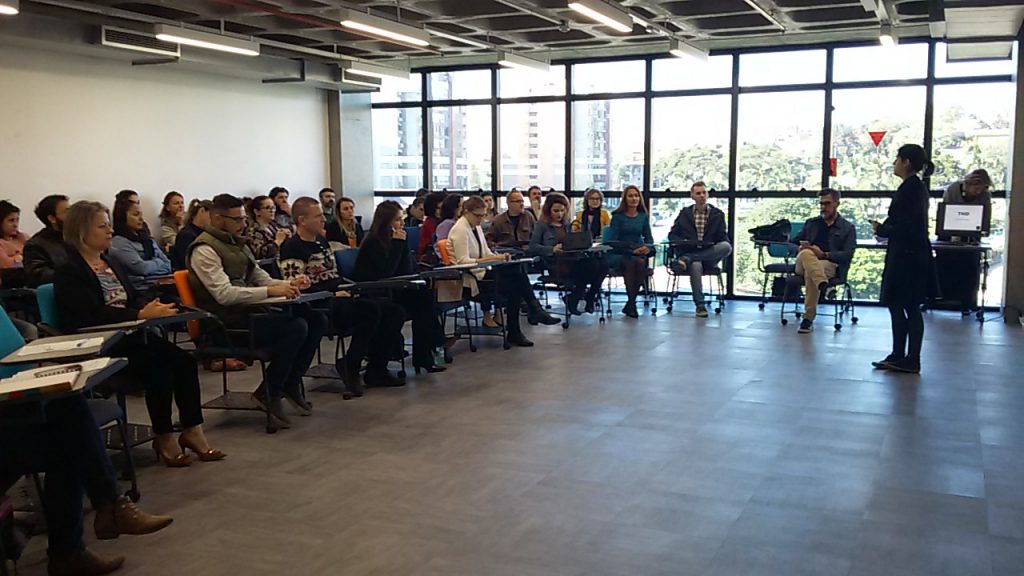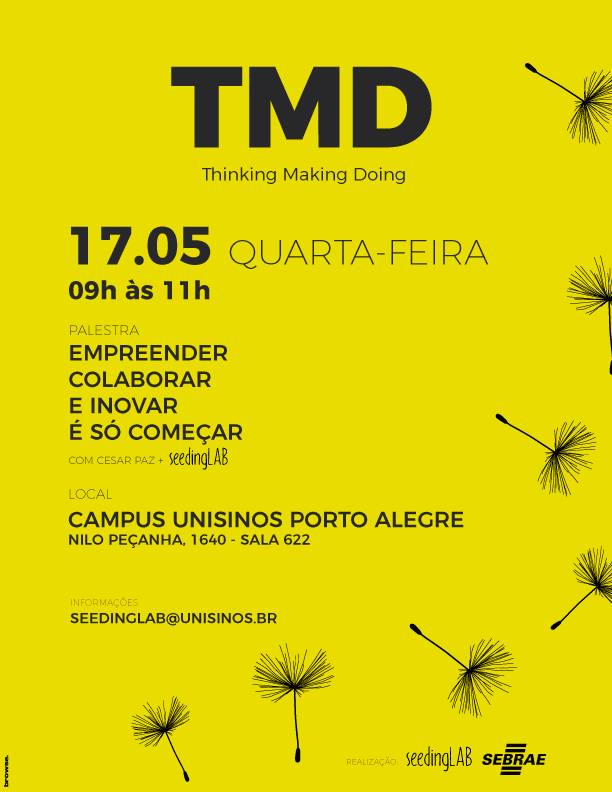Autonomía | Design strategies for enabling design process
Vol. 11, n. 3 (Sept-Dec 2018), Strategic Design Research Journal Special Issue
Guest editors: Chiara Del Gaudio, Andrea Botero and Alfredo Gutierrez Borrero
Information for Contributors
The past decades have seen multiple calls for a reorientation of the design disciplines away from the established functionalist, rationalist, and industrial traditions dominant for most part of their history. New epistemological bases and practices that enable design processes to embrace complexity and to more accurately reflect broad changes in societies are being explored from both critical and mainstream positions. Amongst them we can mention: the understanding of the potentiality of design to lead societal transitions and envision new paradigms by focusing on solutions that are appropriate to local social and environmental conditions while addressing global issues (see e.g.: Irwin et al., 2015); the calls for recognizing and acknowledging people’s empirical knowledge as resources for co-creation (see e.g.: Sanders and Stappers, 2008); propositions for understanding that people are constantly designing and redesigning their lives and that design experts have to use their expertise to support individual and collective projects (see e.g., Manzini, 2015); attempts at empowering non-designers in creative processes to support participation and collaboration (Schuler and Namioka, 1993) and the articulation of new forms of design citizenship and activism (see e.g.: Papanek, 1973; Julier, 2011); the interest in a design practice that acts towards allowing and promoting the expression of dissent to reveal power relations and conflicts, and challenge common practices and discourses (Disalvo, 2010); and the experimentation of new forms of observing, moving, describing and imagining the local environment in a relationship of constant engagement with local inhabitants, based on imagining a joint field between design and anthropological practices (see e.g.: Anastassakis, 2013). Even if not a comprehensive list of current trends, those listed are equally important, components of the growing call for a significant reorientation of design.
Particular recent developments foster a deeper reflection on whether design, and other modernist practices, can actually contribute to the development of those communal human-non human assemblages that are necessary for a transition towards more sustainable and plural ways of being. As the anthropologist Arturo Escobar (2016) stresses, this seems to be quite a challenge for design, even for the above mentioned trends. In addressing this question, Escobar suggests that the calls for autonomy emerging from mobilized grassroots communities in Latin America -amongst others – can act as interesting signposts for design, and that new forms of design practice that acknowledge and work with-in an autonomy framework can be key contributors to this reimagining of our collective futures (Escobar, 2012; Escobar, 2016, 2017)**. In his analysis, there are promising examples of collectives fostering and developing concrete ways of “changing tradition traditionally”, and processes that foster the idea of “changing the ways we change” (Escobar, 2016, p.140), which Escobar summarizes under the idea of autonomía.
Drawing from contemporary understandings of autopoiesis and autonomy, autonomía can be understood as a “cultural, ecological and political process that involves autonomous forms of existence and decision making” (Escobar, 2016, p. 141). From the perspective of design and designing, this means supporting conditions for collectives to be able to effect change and to change according to their traditions allowing “every community [to] practice the design of itself” (Escobar, 2016, p. 16). A framework of autonomía seems to challenge some (current) widespread design practices for community empowerment, where unspecified interest in doing good through collaboration or by fostering a re-socialization of design are not sufficient. Instead, working towards enabling and fostering autonomía, brings radical changes in design perspective: it means to incorporate into design practices the relational dimension of life, which also imply more communal and relational modes of knowing, being and doing. This might also involve working with other types of designs, including “designs from the South” (see e.g.: Gutierrez Borrero, 2015; Tunstall, 2016) and a decolonizing of design (Tlostanova, 2017
Building on the idea of autonomía, we ask ourselves: What is the relation between autonomía, design practices and the political activation of relational and communal logics and ways of being, in current research and design practice? Which existing design practices and approaches could be seen as contributing to communal forms of autonomía? If so, how do they do it, what tactics and strategies they mobilize? (see e.g.: Marttila and Botero 2016; Mitrašinović, 2016). Given that the boundaries between “enabling designing”, “designing with” and “designing for” are difficult to set and are constantly changing, are designers and the collectives they work with aware of autonomía? Should they be? Is autonomía a good guiding principle for design practice?
Design’s role in facilitating, leading, impeding, imposing, and persuading through design ideas has implications for the ways we live and the worlds we create. This is particularly important if one considers that designs most established practices stem from the dualist ontology associated with patriarchal capitalist modernity. The framework of autonomía envisions a design praxis that actively deals with the complexity of the design process itself and its implications in world-making processes. It does so particularly by adopting a relational (e.g., nondualist or post-dualist) ontological design perspective. In this special issue, we seek original contributions – conceptual and theoretical analysis as well as case studies or empirical findings – that critically engage with one (or more) of the questions raised here (and above):
- Can design’s modernist tradition be reoriented towards relational modes of knowing, being and doing? How? And what are the limits of this change?
- Can design be creatively re-appropriated by subaltern communities (has it been already?) in support of their own struggles and forms of livelihood, and of strengthening their autonomy to perform their life projects, on their own terms?
- How can we nourish design’s potentiality towards transition far from the hegemony of modernity’s one-world ontology to a pluriverse of social-nature configurations?
- Are the concepts of autonomía and the communal, largely developed from Latin American cultural experiences and political struggles, applicable to situations in, say, the Global North, including urban areas?
- What kinds of adaptations would these notions, and the concept of “autonomous design,” have to undergo in order to be fruitfully applied in these contexts? In fact, is autonomía a good concept for thinking critically about design practice at present?
- Are there already identifiable examples of practicing “autonomous design”? What kind of meanings they produce within the communities that practice and are made by them? Moreover, which are the main features of these practices? And, what insights they offer for the re-orientation of mainstream design?
- Finally, we invite contributors to reflect on present and previous design projects: how do they deal (or not) with the concept of autonomía?
(**) NOTE: While the concept of autonomía (in the sense used in this Call for Papers) has been mostly discussed in Spanish (esp in: Escobar, 2016) there are a couple of recent publications in English that deal with it. In particular Escobar (2017) can serve as good reference for English speakers and for Spanish speakers (or others) writing in English (which might tend to relate the concept with an individualistic understanding of it, that is perhaps more common in the English uses of the word autonomy). Copies of that article can be made available upon request sent to the editors of this special issue. We are aware that in an ideal world this would need to be a multilingual issue, however due to resource constraints, only submissions in English will be accepted. However as guest editors, we hope this is only but the beginning of a longer dialogue in many contexts and languages.
References
ANASTASSAKIS, Z. 2013. Ethnographic Observatory of Design and Social Innovation in Rio de Janeiro, Brazil. In: Participatory Innovation Conference PIN-C 2013, 3, Lahti, 2013. Proceedings… Lahti, LUT Scientific and Expertise Publications, 1: 188-192.
DISALVO, C. 2010. Design, democracy and agonistic pluralism. In: Design research society conference, 44, Montréal, 2010. Proceedings…. Montréal, 1: 366-371.
ESCOBAR, A. 2012. Notes on the Ontology of Design. In: M. LA CADENA; M. BLASER (ed.), Sawyer Seminar, Indigenous Cosmopolitics: Dialogues about the Reconstitution of Worlds, vol. 30.
ESCOBAR, A. 2016. Autonomia y Diseño: La realización de lo communal. 1st ed., Popayan, Universidad del Cauca, 281 p.
ESCOBAR, A. 2017. Response: Design for/by [and from] the ‘global South.’ Design Philosophy Papers, 15(1):39-49.
GUTIÉRREZ BORRERO, A. 2015. Resurgimientos: sures como diseños y diseños otros. Nómadas, 43:113-129.
IRWIN, T.; TONKINWISE, C.; KOSSOFF, G. 2015. Transition Design Provocation. Design Philosophy Papers, 13(1):3-11.
JULIER, G. 2011. Political Economies of Design Activism and the Public Sector. In: Nordic Design Research Conference, 4, Helsinki, 2011. Nordes, 1-8. Available at: http://teputahi.org.nz/wp-content/uploads/2015/10/Julier_Design_Activism.pdf Accessed on: June 1 , 2017.
MANZINI, E. 2015. Design, When Everybody Designs. Cambridge, MIT Press.
MARTTILA, S.; BOTERO, A. 2016. Bees, drones and other Things in public space: Strategizing in the city. Strategic Design Research Journal, 9(2):75-88.
MITRAŠINOVIĆ, M. 2015. Concurrent Urbanities. Designing infrastructures of inclusion. New York, Routledge, 224 p.
PAPANEK, V. 1973. Design For The Real World: Human ecology and social change. 2nd ed., Chicago, Academy Chicago Publishers, 1973.
SCHULER, D.; NAMIOKA, A. (eds.). 1993. Participatory Design: Principles and Practices. Hilsdale, CRC/Lawrence Erlbaum Associates.
TLOSTANOVA, M. 2017. On decolonizing design. Design Philosophy Papers, 15(1):51-61.
TUNSTALL, E. 2016. Respectful Design AIGA (full). Toronto, AIGA Design Conference. Available at: https://www.youtube.com/watch?v=sESVWI5aAHA&feature=youtu.be . Accessed on: June 1, 2017.
Suggested references
ESCOBAR, A. 2015. Transiciones: a space for research and design for transitions to the pluriverse. Design Philosophy Papers, 13(1):13-23.
MORIN, E. 2015. Introdução ao pensamento complexo. 5th ed., Porto Alegre, Editora Sulina, 120 p.
SALAZAR, J.F. 2017. Buen Vivir: South America’s rethinking of the future we want. Available at: http://theconversation.com/buen-vivir-south-americas-rethinking-of-the-future-we-want-44507 . Accessed on: June 1, 2017.
SANDERS, E. 1999. Postdesign and Participatory Culture. In: Useful and Critical: The Position of Research in Design, 1, Tuusula, Finland, 1999. Proceedings… Helsinki, University of Art and Design, p. 87-92.
Schedule
July 2017: Launch of the call for papers
Full paper due: November 30th, 2017
Notification of Review results: February 28th, 2018
Deadline for submission of the final version: April 15th, 2018
Final acceptance: June 15th, 2018
Publication: September 1st, 2018
Submission guidelines
- Manuscripts must be prepared using the guidelines found at the Submission page (http://revistas.unisinos.br/index.php/sdrj/about/submissions#onlineSubmissions).
- The manuscript must be written in English.
- Previously published articles will not be accepted. Submitted articles must not be under consideration for publication anywhere else. The publication of the article is subjected to the previous approval of the journal’s Editorial Board, as well as to peer review made by, at least, two reviewers using the double blind review process.
- Manuscripts must be sent through the journal’s online submission system. You have to register in the platform in order to submit your article:http://revistas.unisinos.br/sdrj
If you have questions regarding the submission process, contact the journal at periodicos@unisinos.br
